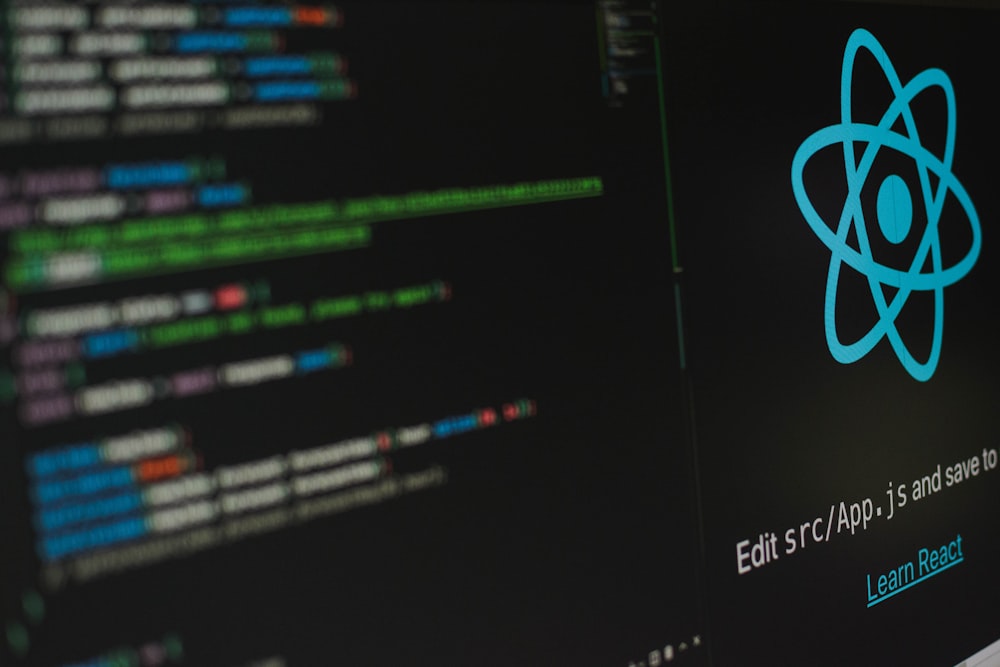
Introduction to Python Unleashing Programming Potential
Embarking on the Python Journey: An Introduction
Welcome to the dynamic world of programming, where the language of choice for many beginners and seasoned developers alike is Python. This article serves as your initiation into the realm of coding with Python, unveiling the foundations, characteristics, and potential that make it a preferred language. Ready to embark on this exciting journey? Let’s dive in!
Why Python? Understanding the Allure
First things first – why Python? Python’s popularity stems from its readability, simplicity, and versatility. Whether you’re a coding novice or a seasoned developer, Python’s syntax is designed to be easy to understand. Its extensive libraries and frameworks make it adaptable for a wide range of applications, from web development to data science and artificial intelligence.
Setting Up the Playground: Installing Python
Before we jump into the coding playground, let’s set it up. Installing Python is a straightforward process. Head over to the official Python website, download the version suitable for your operating system, and follow the installation instructions. Soon, you’ll have Python ready to run on your machine, paving the way for your coding endeavors.
Hello World: Your First Python Code
In the coding world, the tradition of writing a “Hello World” program marks the beginning of the journey with any programming language. In Python, achieving this is delightfully simple. Open your preferred code editor, type print("Hello, World!"), run the script, and witness your inaugural Python output. Congratulations – you’ve officially begun your coding adventure!
Python Essentials: Variables and Data Types
Understanding variables and data types is fundamental in any programming language, and Python is no exception. In Python, variables are containers for storing data, and data types define the nature of the data. Integers, floats, strings, and booleans are the building blocks. Get comfortable with assigning values to variables and manipulating different data types – it’s the backbone of Python programming.
Flow Control: Navigating the Python Pathways
Python provides various constructs for controlling the flow of your code. From conditional statements like if-else to loops such as for and while, these structures enable you to guide the execution of your program. Mastering flow control is akin to learning to navigate the roads of Python, ensuring your code performs as intended.
Functions: Your Coding Allies
Functions are powerful allies in Python programming. They allow you to encapsulate blocks of code, making your programs modular and easier to understand. Defining functions, passing parameters, and returning values are essential skills that enhance code organization and reusability. Think of functions as the superheroes of your Python script.
Lists, Dictionaries, and More: Python Collections
Python offers versatile data structures known as collections. Lists, dictionaries, tuples, and sets are among the options to store and organize data. Mastering these collections equips you with the ability to manipulate and manage data efficiently. Whether you’re building a database or analyzing information, Python’s collections are invaluable tools.
File Handling: Reading and Writing in Python
Interacting with files is a common task in programming, and Python simplifies file handling.






